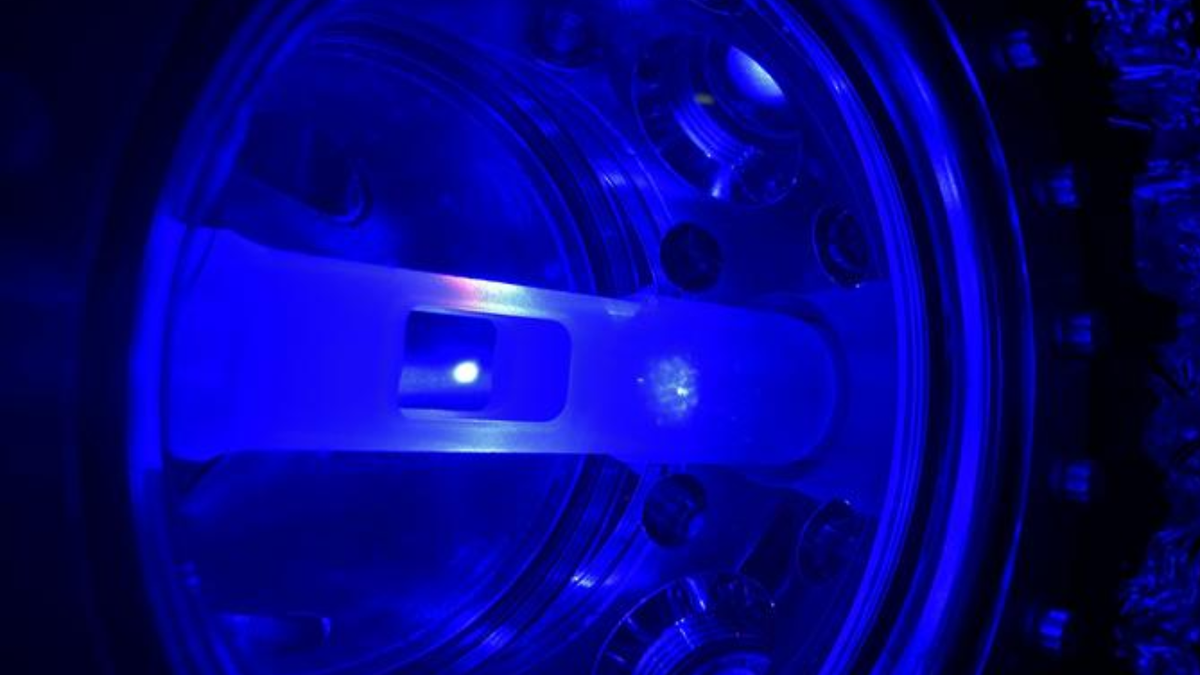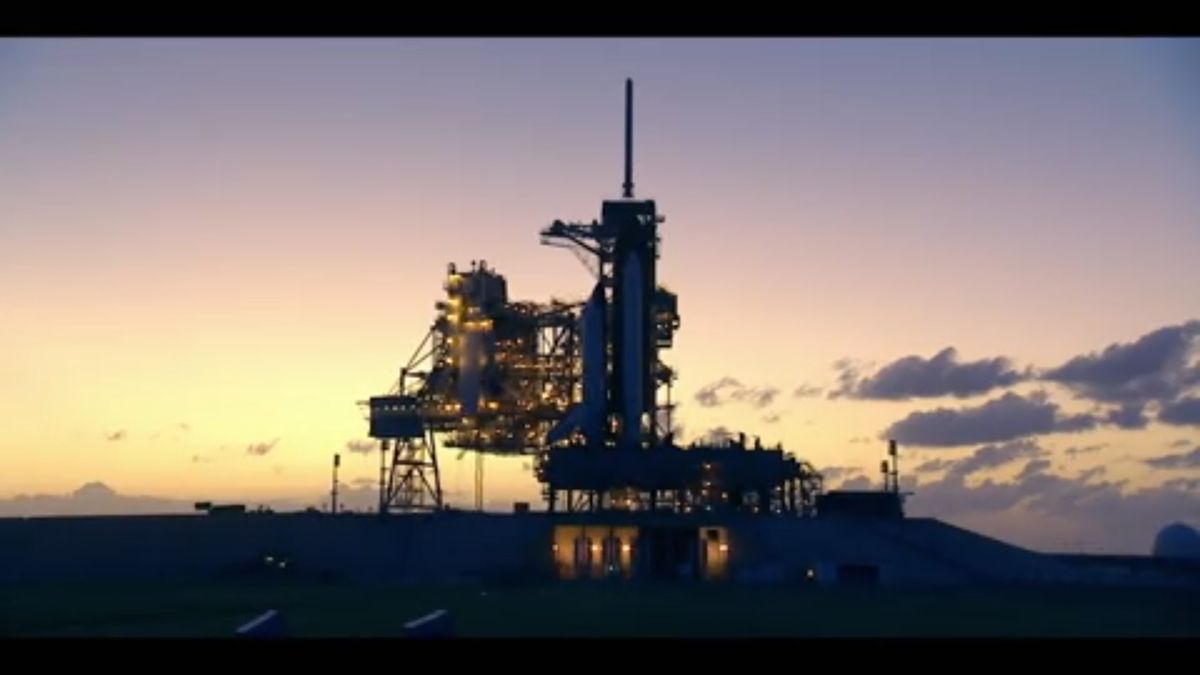The Future of Precision Time Measurement
The utilization of a unique variety of atom holds the potential to enhance the accuracy of even the most sophisticated atomic clocks, according to the insights of scientists. This intriguing breakthrough has the capacity to pave the way for more precise GPS systems and superior atomic clocks for applications in space exploration. Additionally, it may open up avenues for devices capable of detecting earthquakes and volcanic eruptions with unprecedented precision. A noteworthy aspect of this research is the involvement of a familiar name, Eliot Bohr, who traces his lineage to a prominent family legacy rooted in the forefront of atomic science.
Exploring the Fundamentals of Time Measurement
At the crux of all human measurements lies the second, a fundamental unit of time characterized by precise definition. Various forms of oscillations have played a vital role in time measurement throughout history. Much like how pendulum oscillations are employed in grandfather clocks for timekeeping, atomic clocks define a second based on the microwave oscillations of a cesium atom absorbing radiation of a particular frequency. While contemporary atomic clocks utilize strontium atoms for enhanced accuracy, there remains room for improvement in the majority of these timepieces utilized to synchronize global systems.
- Research Challenge:
- Existing Issue:
- Potential Solution:
Innovative Techniques in Atomic Clock Design
The primary hurdle in current atomic clocks stems from the heating of atoms by the laser utilized in reading their oscillations. This heating process leads to atomic escape and subsequent discrepancies in clock precision. The Niels Bohr Institute researchers have proposed a method that eliminates the need for lasers, thereby circumventing atomic heating and preserving precision. Lead researcher Eliot Bohr elaborated on the potential of harnessing superradiance to read the collective atomic state with minimal heating and accelerated rates, thereby improving clock performance.
“Our findings indicate the feasibility of reading atomic ensembles’ collective state with minimal heating through superradiance, thereby enhancing clock and sensor performance,” highlighted Eliot Bohr.
Advancements in Atomic Clock Technology
Traditional atomic clocks rely on a setup where hot strontium atoms are confined in a magneto-optical trap at near-absolute zero temperatures. The innovation lies in “paused” atoms suspended at extremely low temperatures, allowing for extended usage without frequent replacements. Superradiant atoms exist in a collective quantum state, facilitating rapid photon emission and accurate atomic state detection without laser reliance, fostering the development of more precise, portable atomic clock technologies.
- Technological Benefits:
- Future Applications:
- Inspirational Legacy:
Continuing the Quantum Scientific Tradition
Eliot Bohr’s lineage boasts a rich heritage of pioneering work in the atomic realm, with his great-grandfather Niels Bohr being a seminal figure in quantum physics. The Bohr family’s contributions to understanding atomic structures have significantly shaped the trajectory of modern atomic research. Eliot Bohr’s research echoes the open-minded, innovative spirit exhibited by his predecessors, aiming to advance quantum technologies for society’s benefit and further refine atomic clock methodologies.
Perspectives on Future Research and Development
As Eliot Bohr transitions to a postdoctoral research position at JILA, he remains committed to exploring collective quantum effects in clocks and sensors. The quest for optimal parameters, noise reduction in superradiant signals, and harnessing superradiance for clock and sensor advancements constitute ongoing avenues of exploration for Bohr and his research collaborators. The published findings in Nature Communications mark a significant milestone in the quest for precision timekeeping through innovative atomic science.
Image/Photo credit: source url





